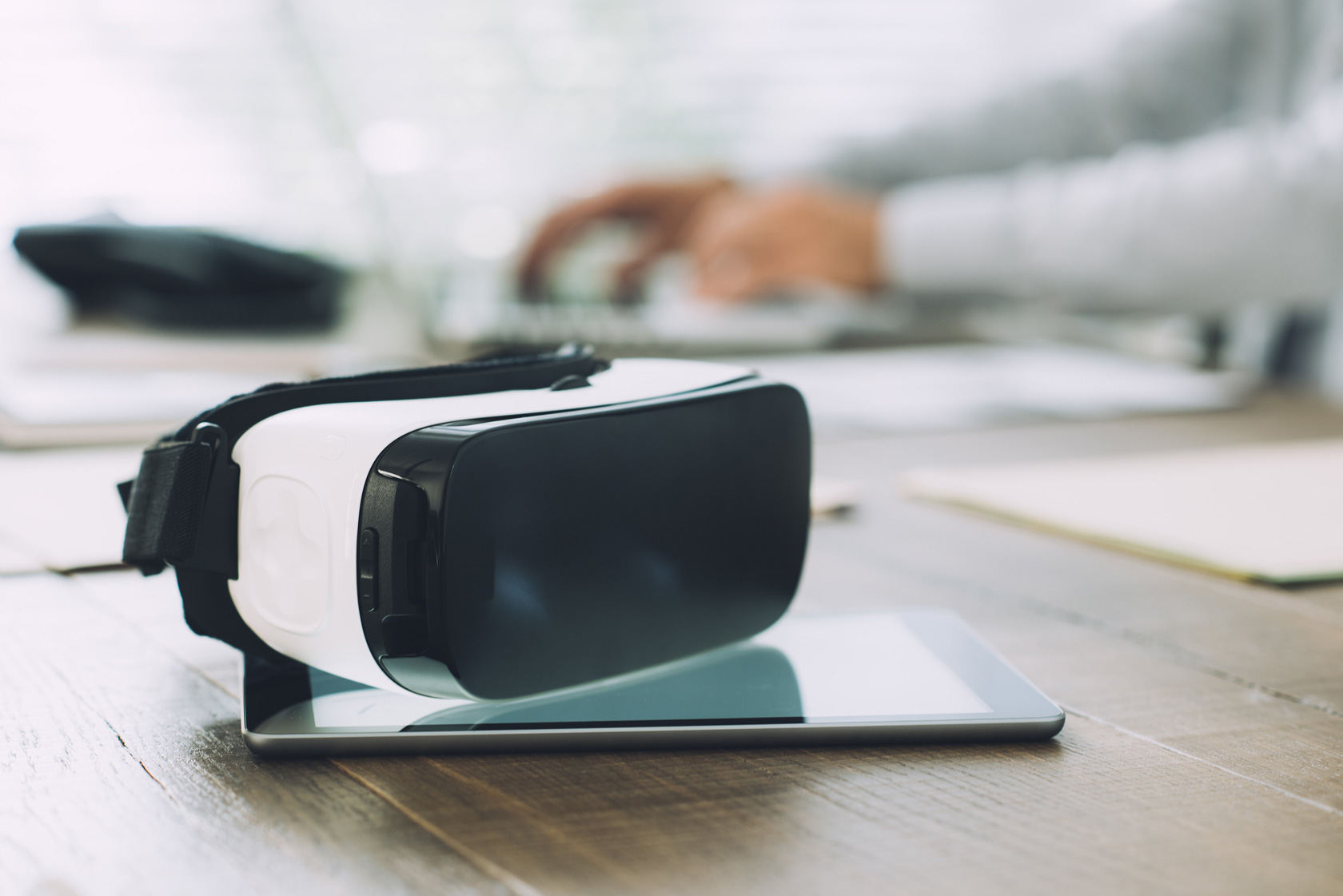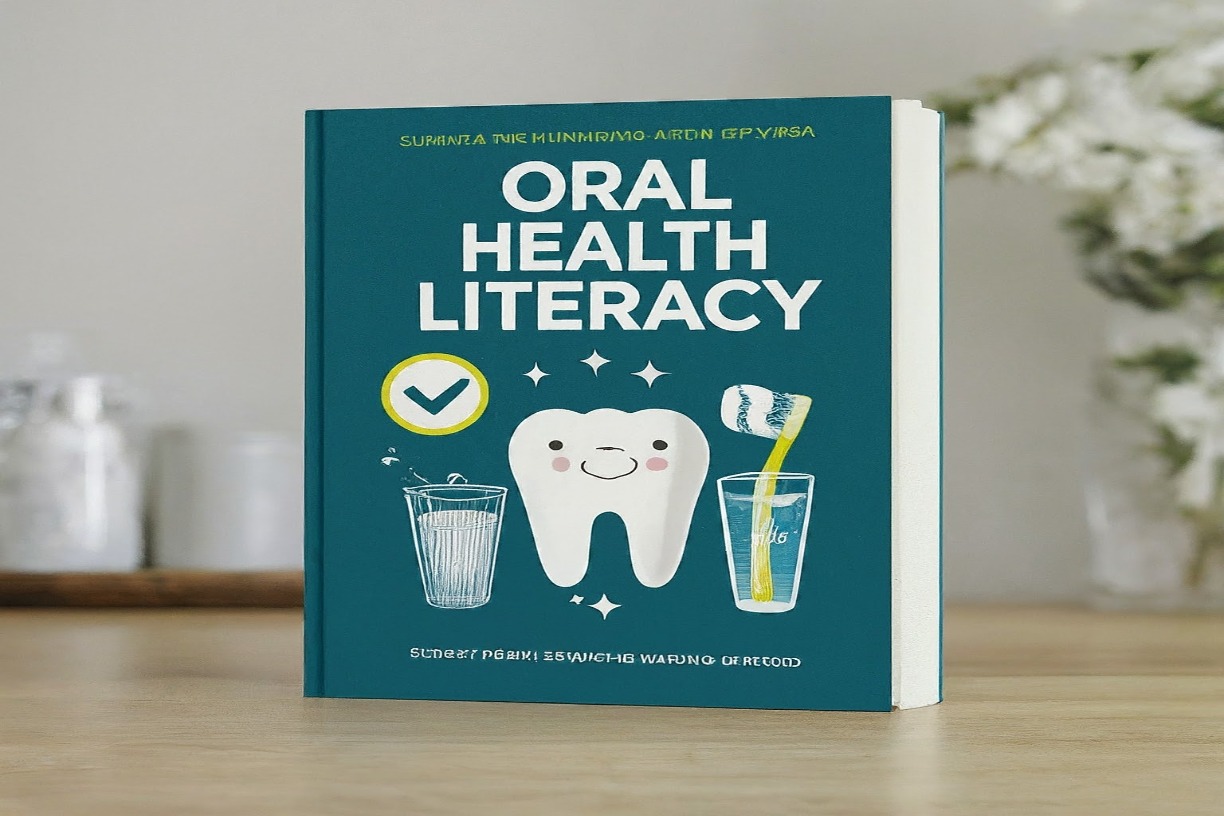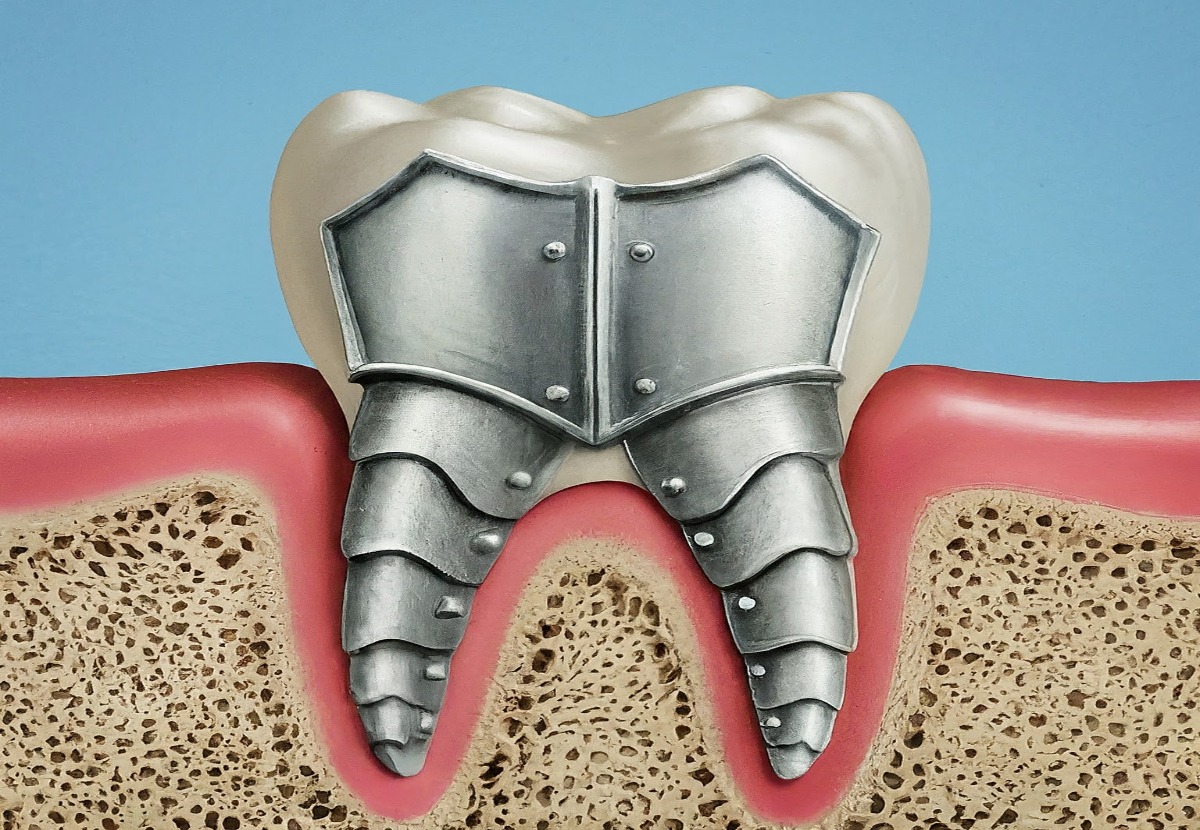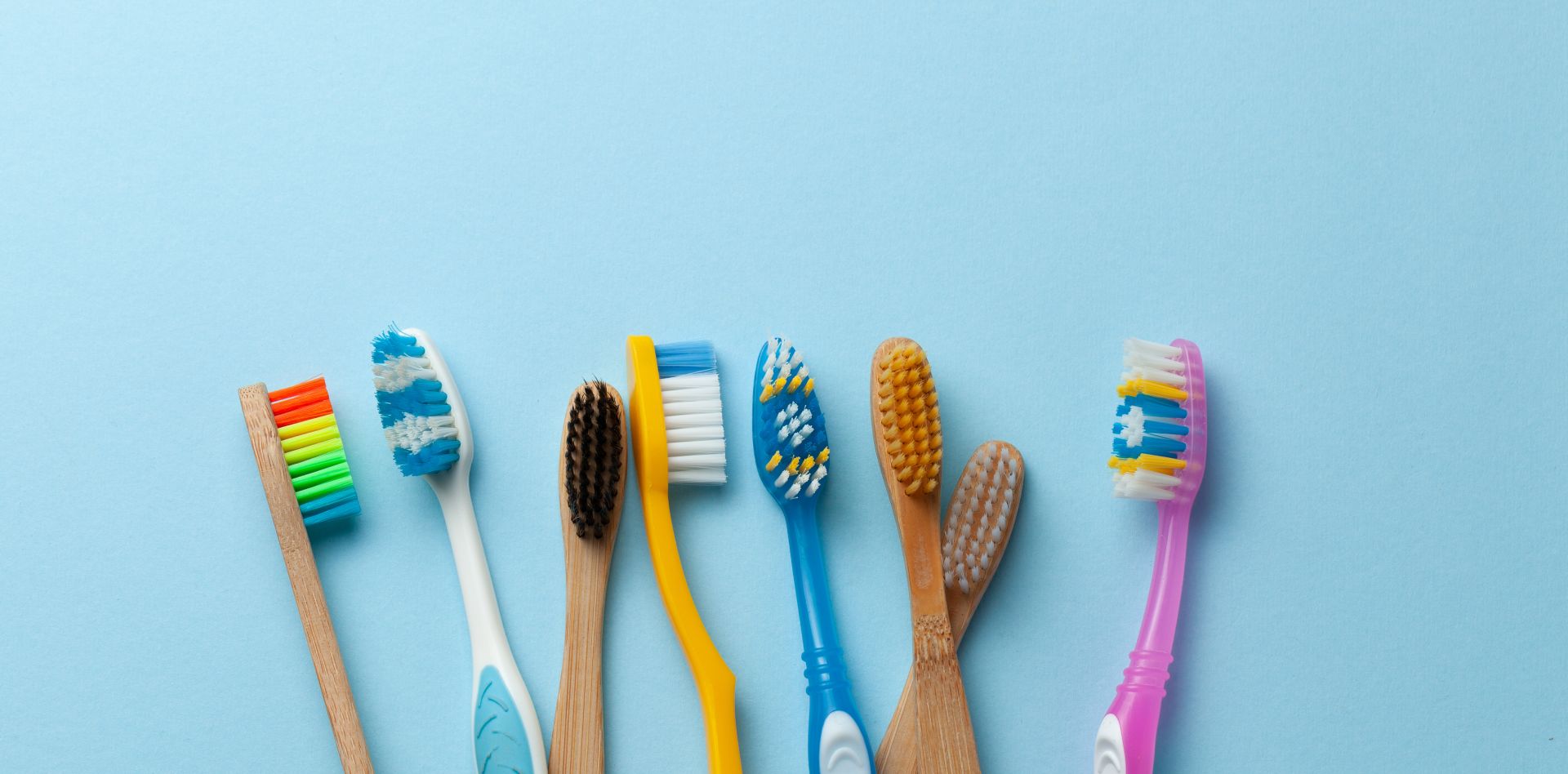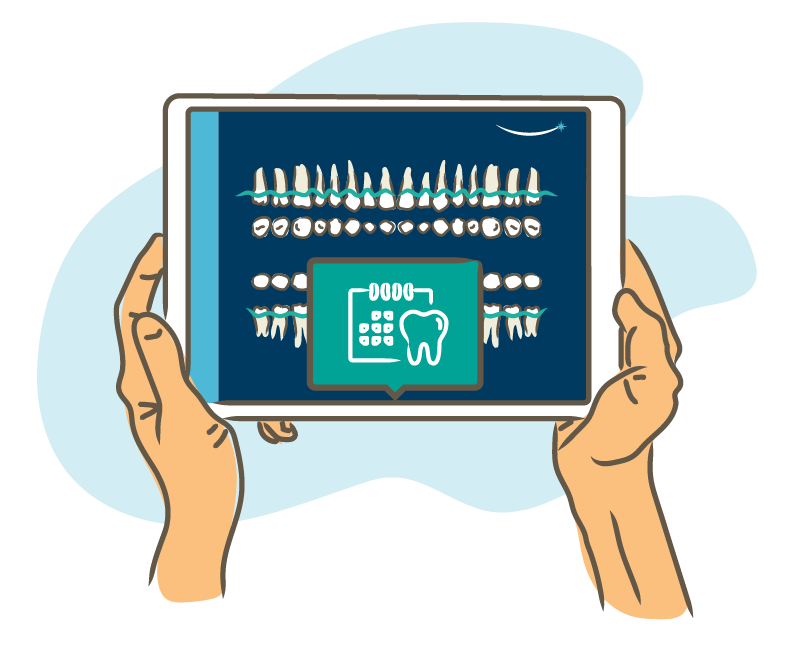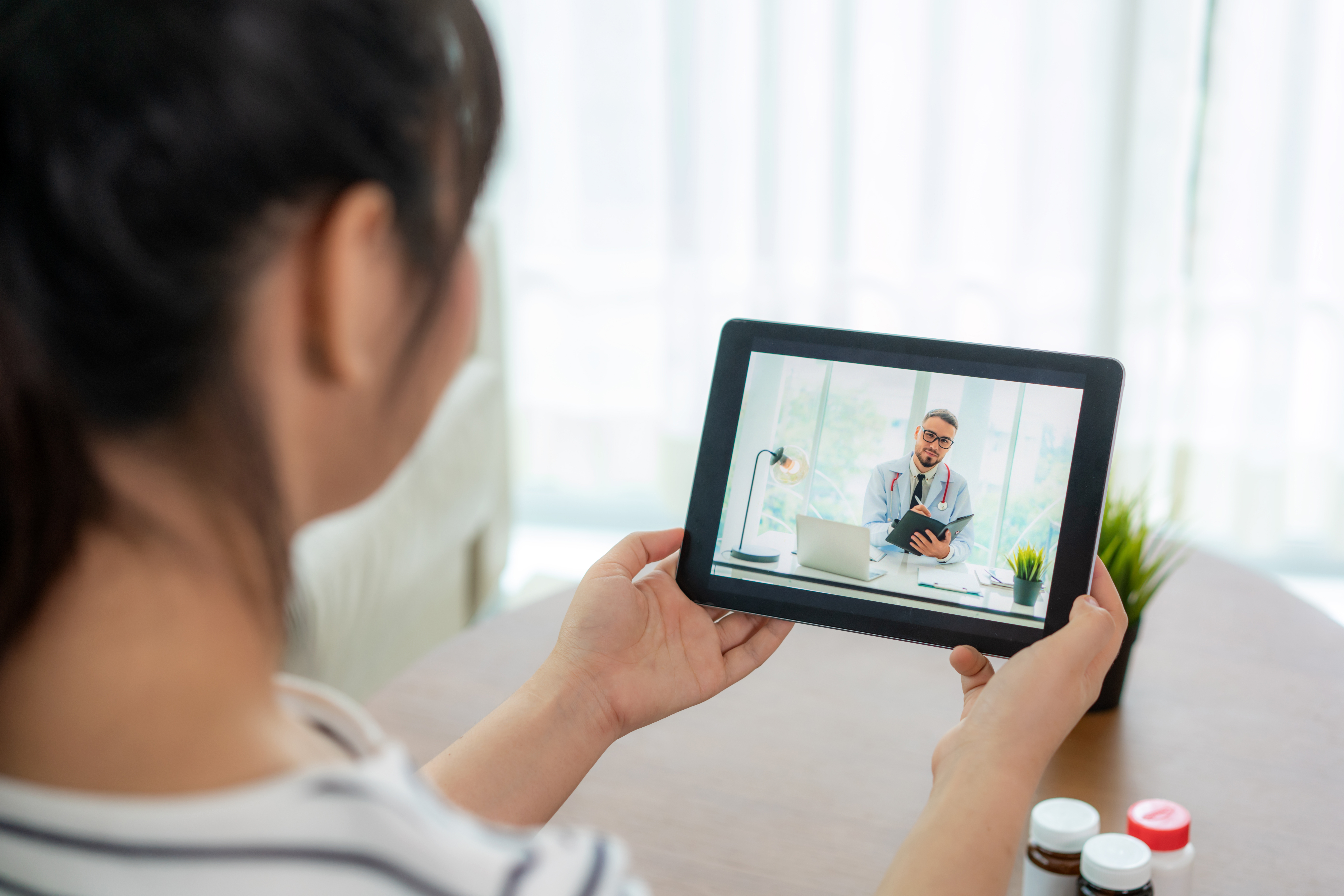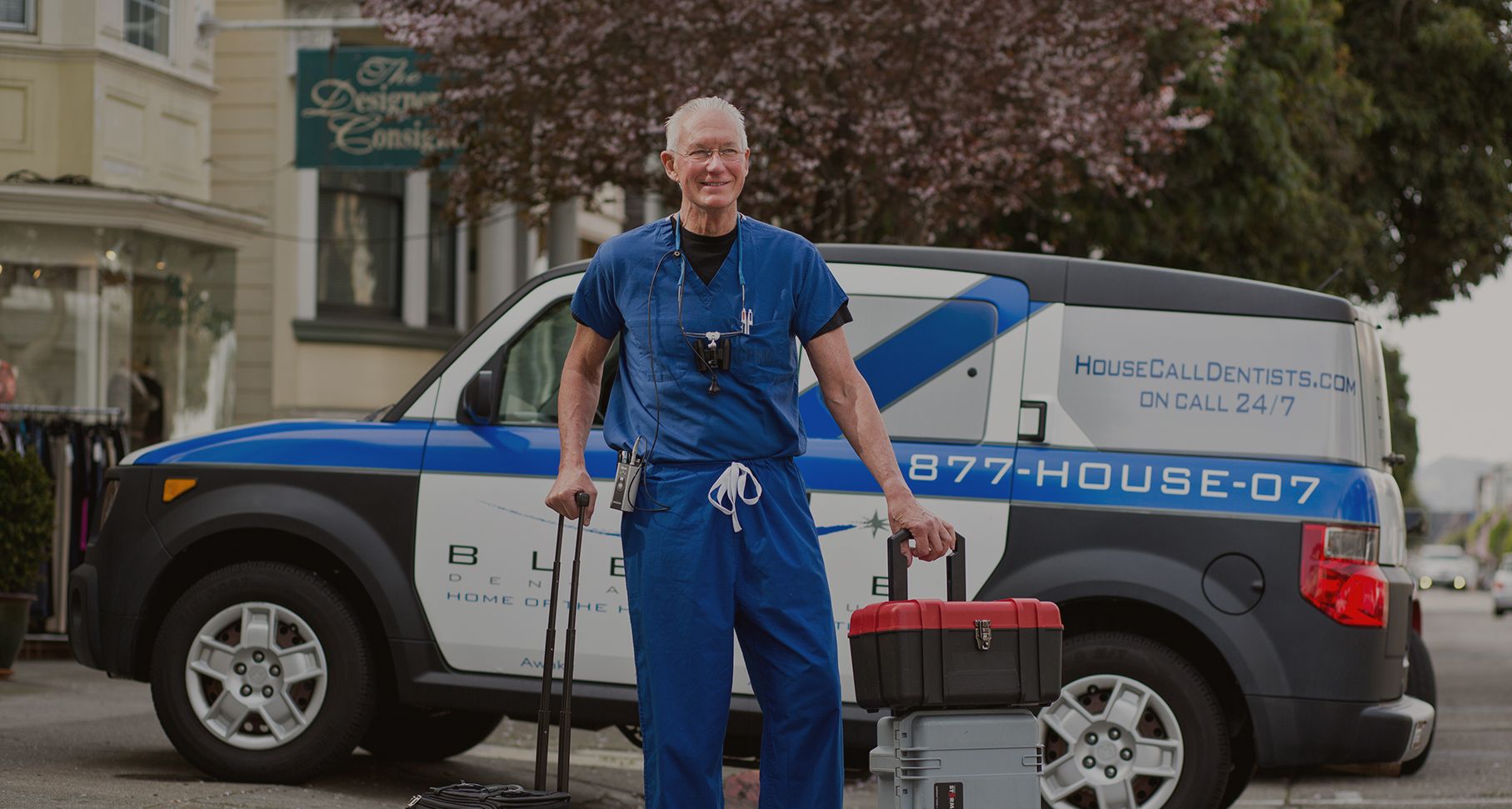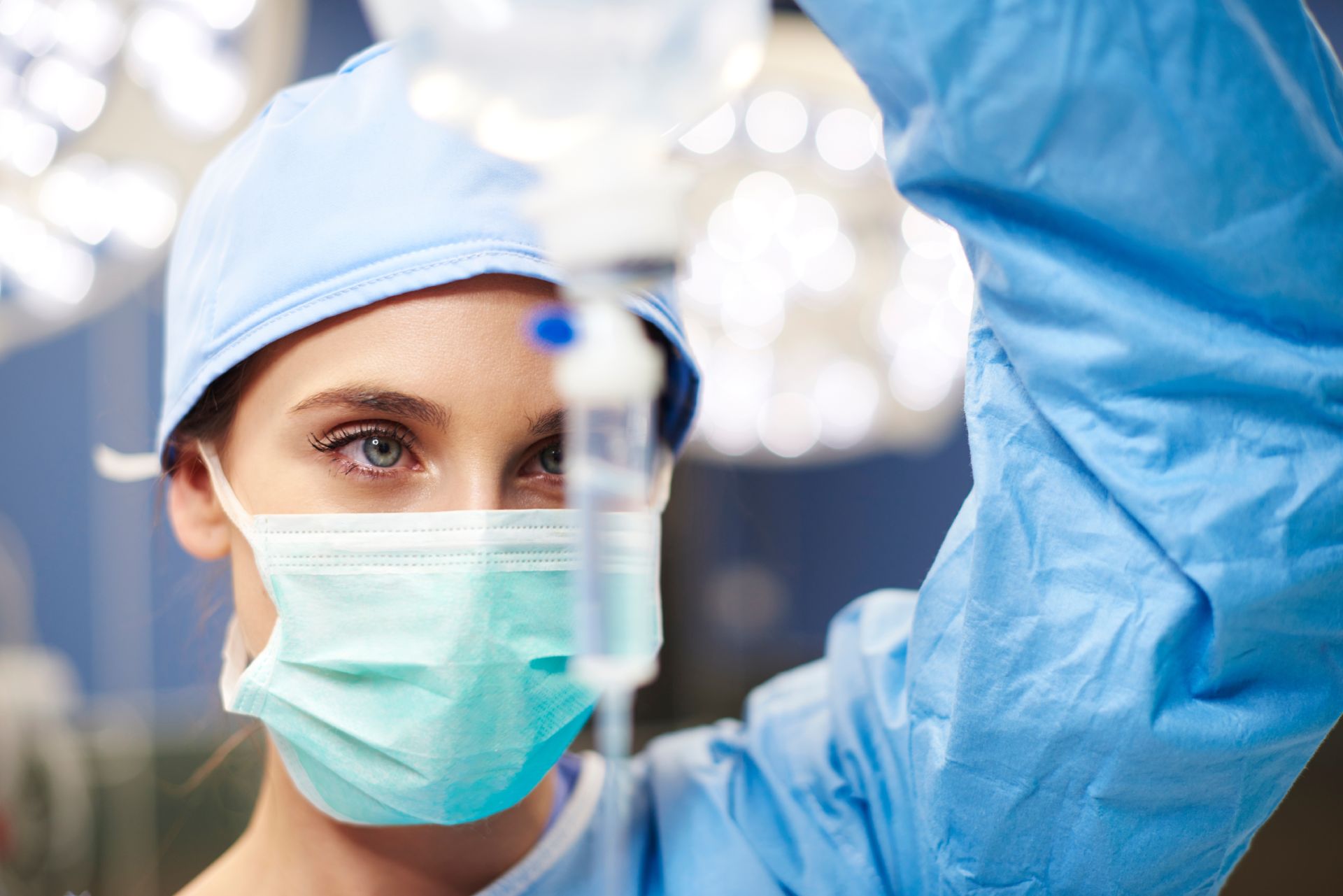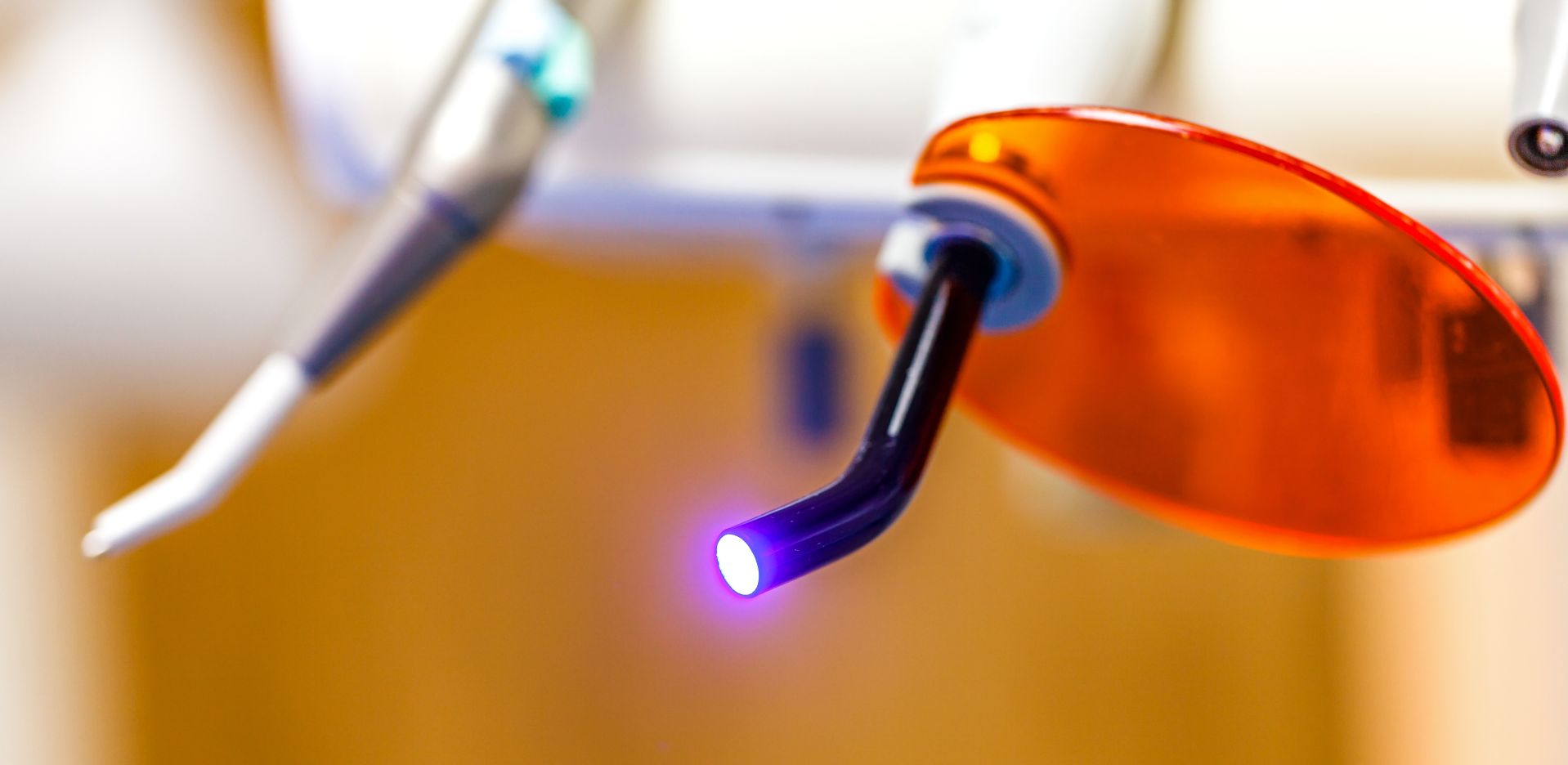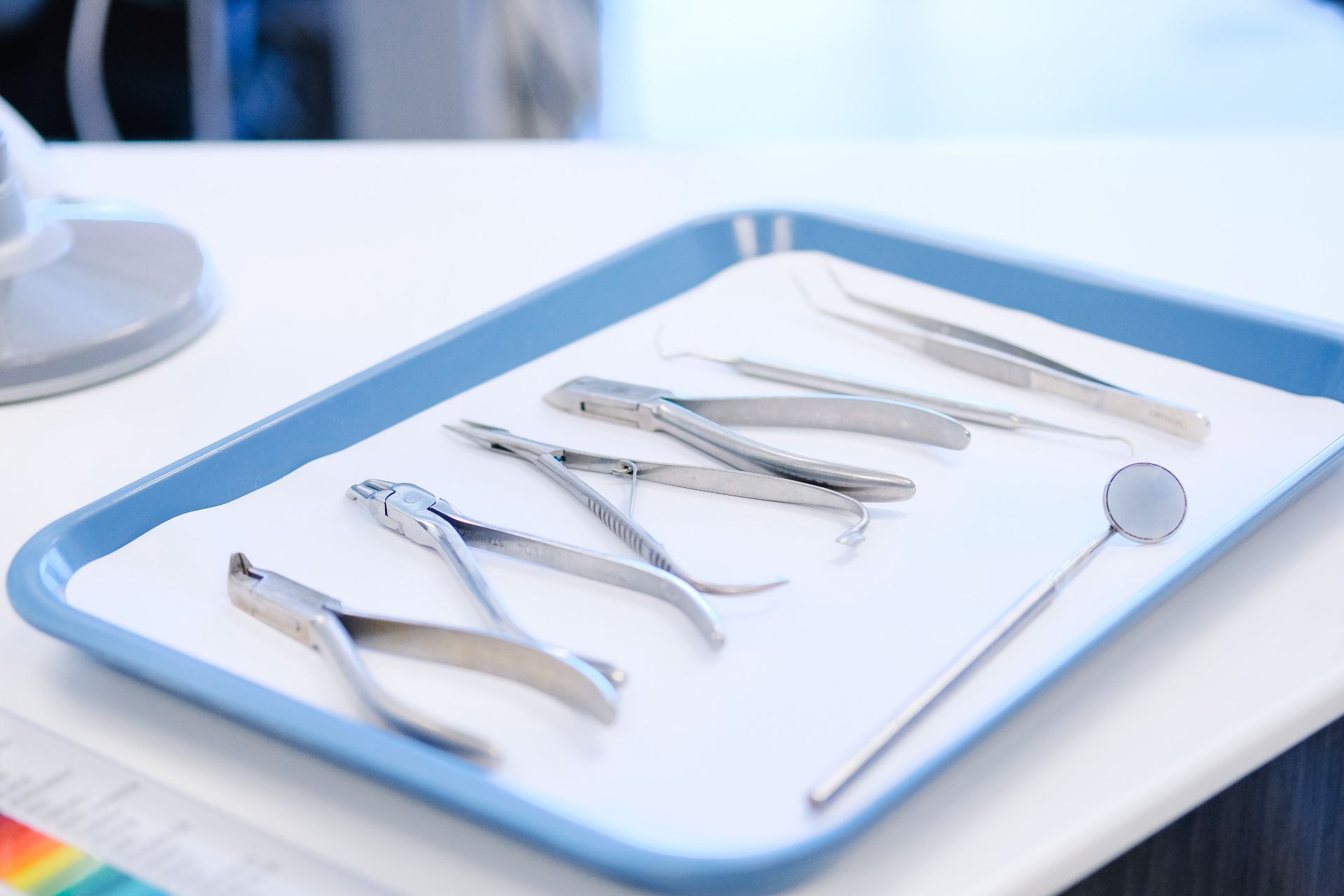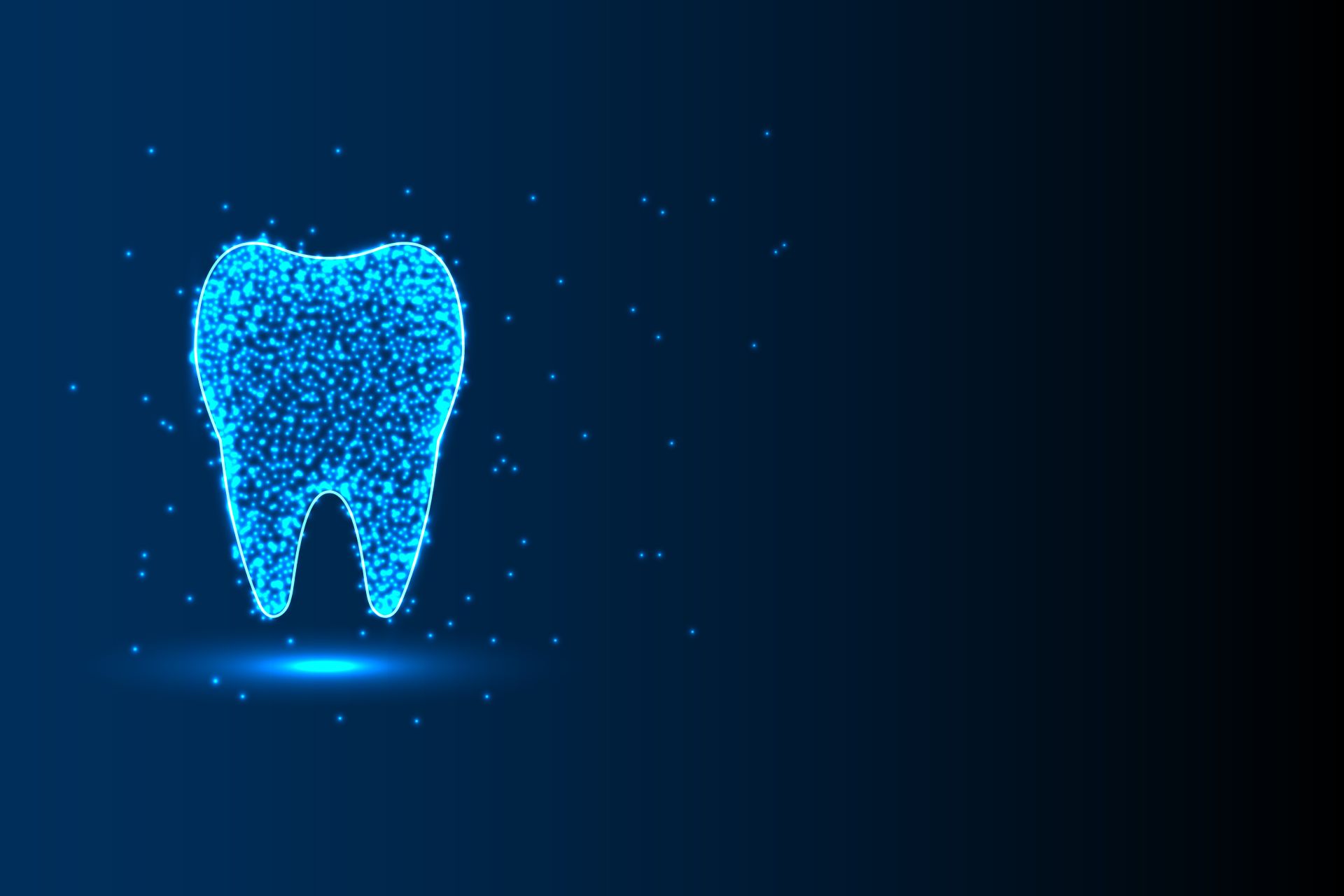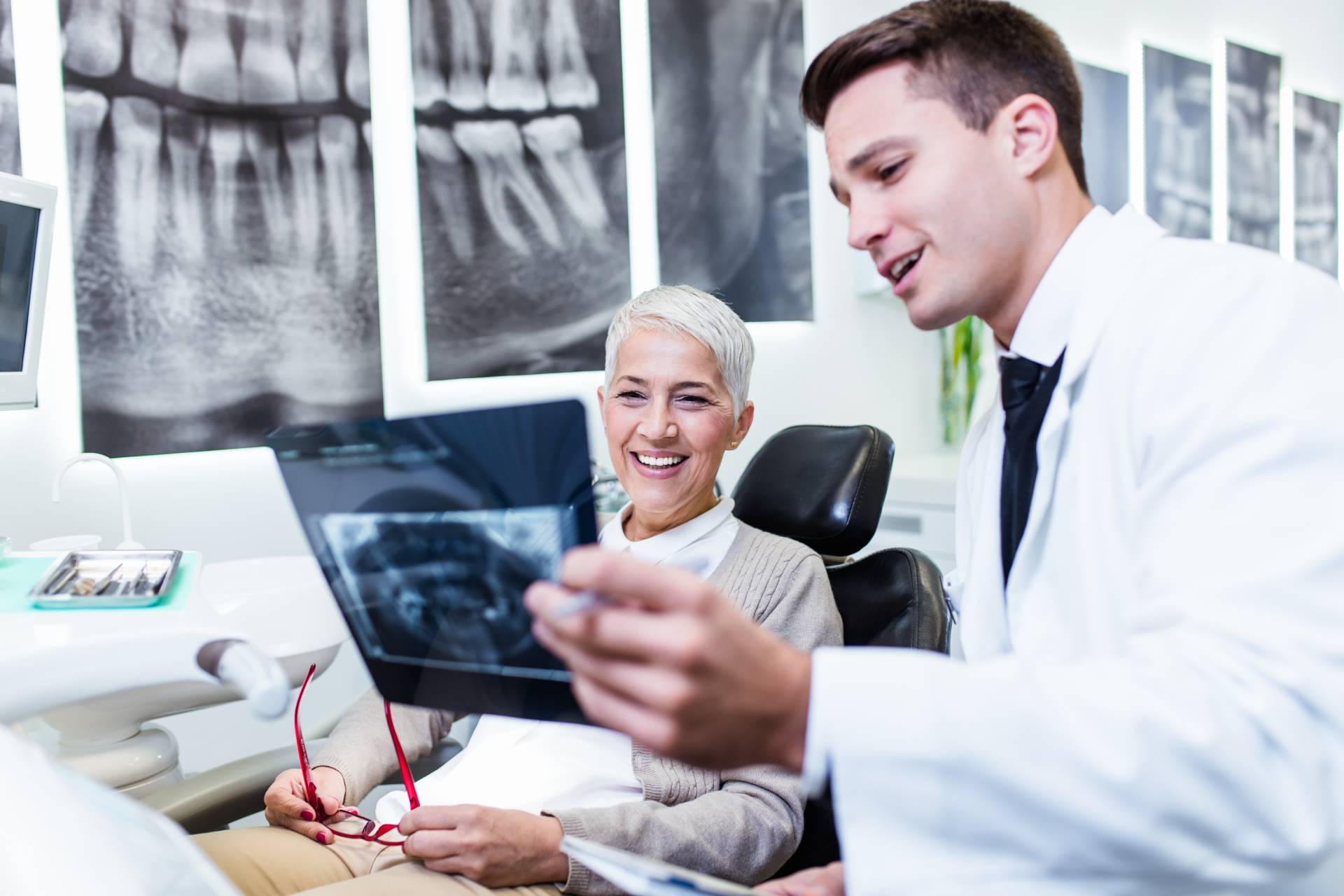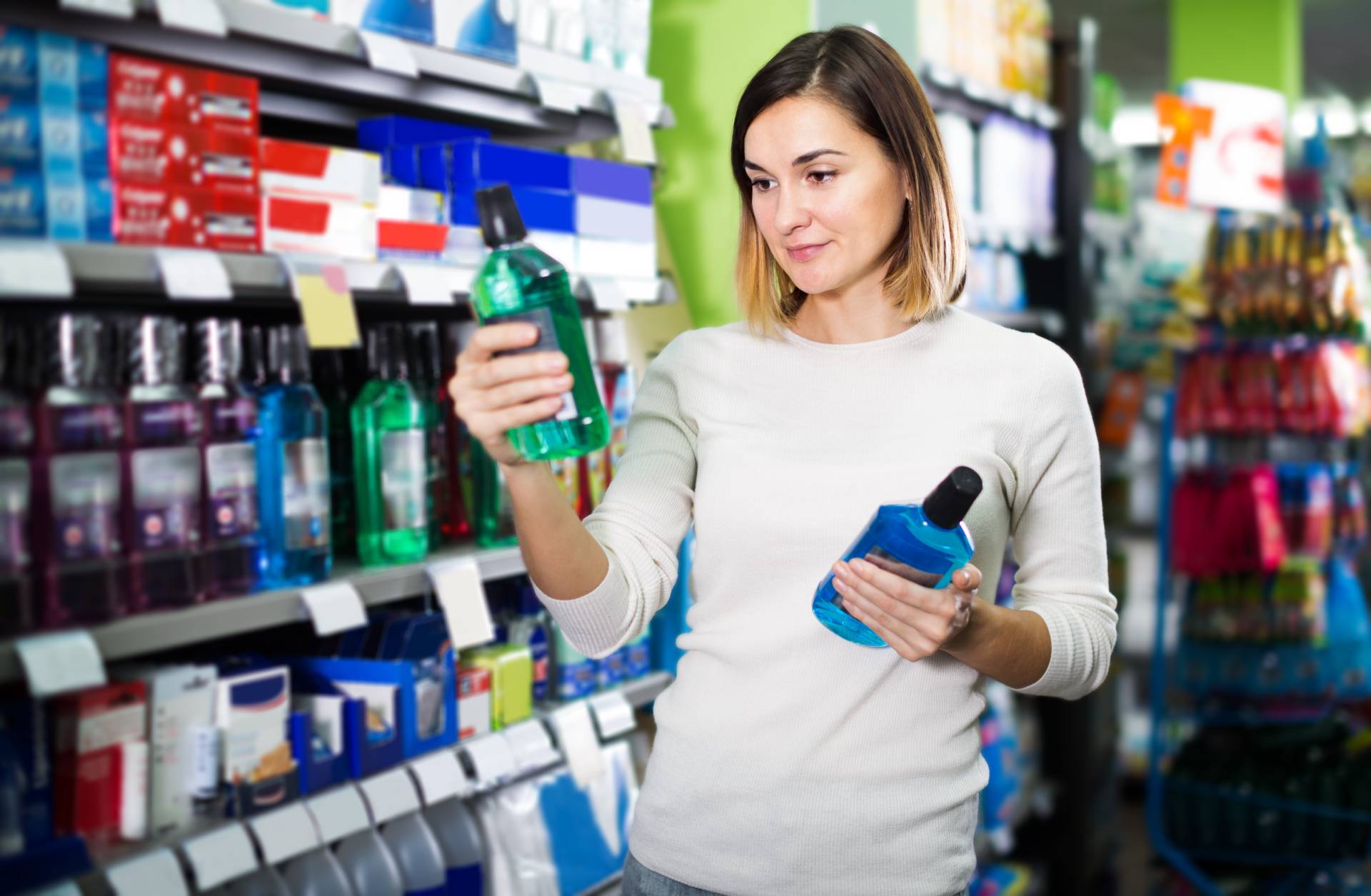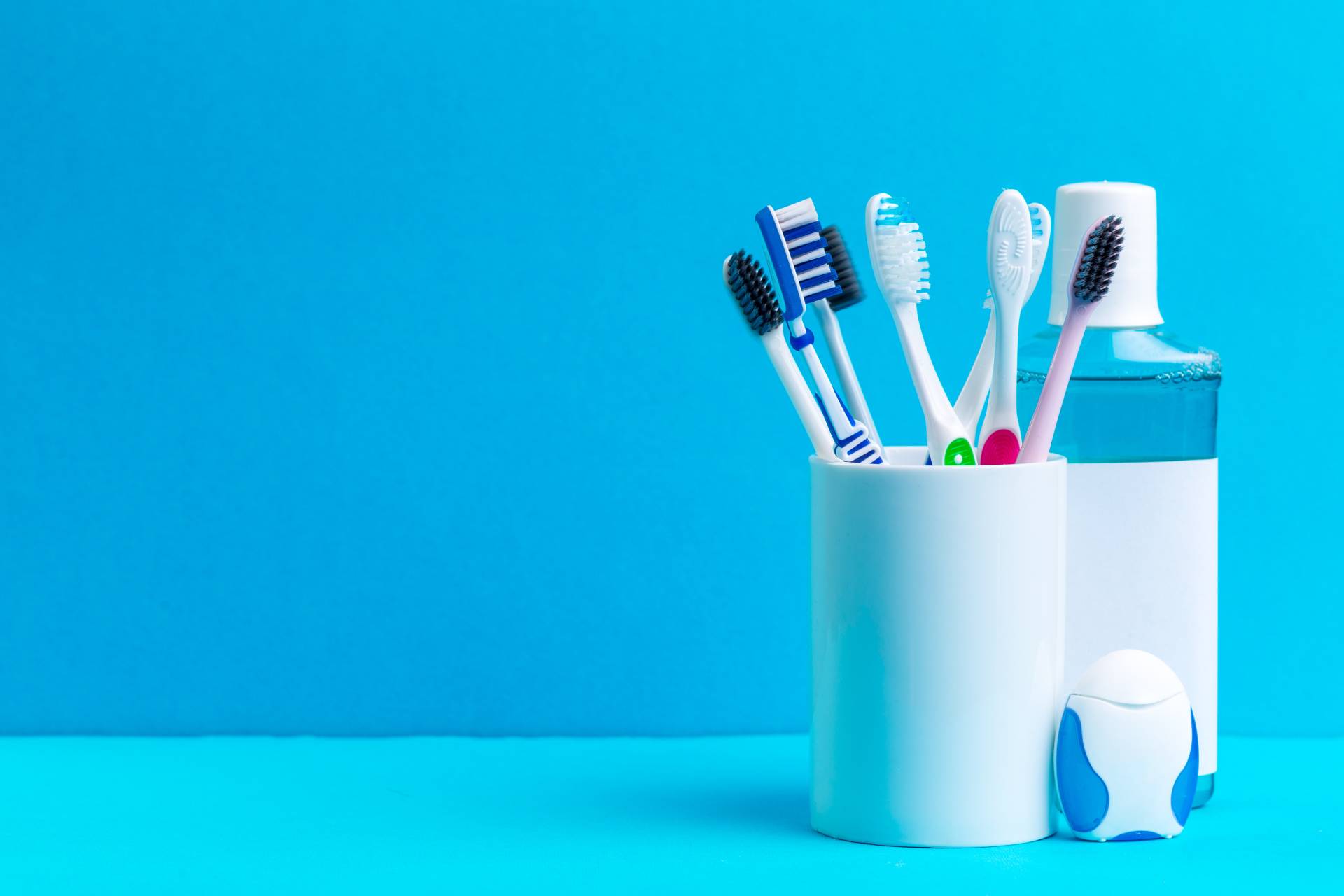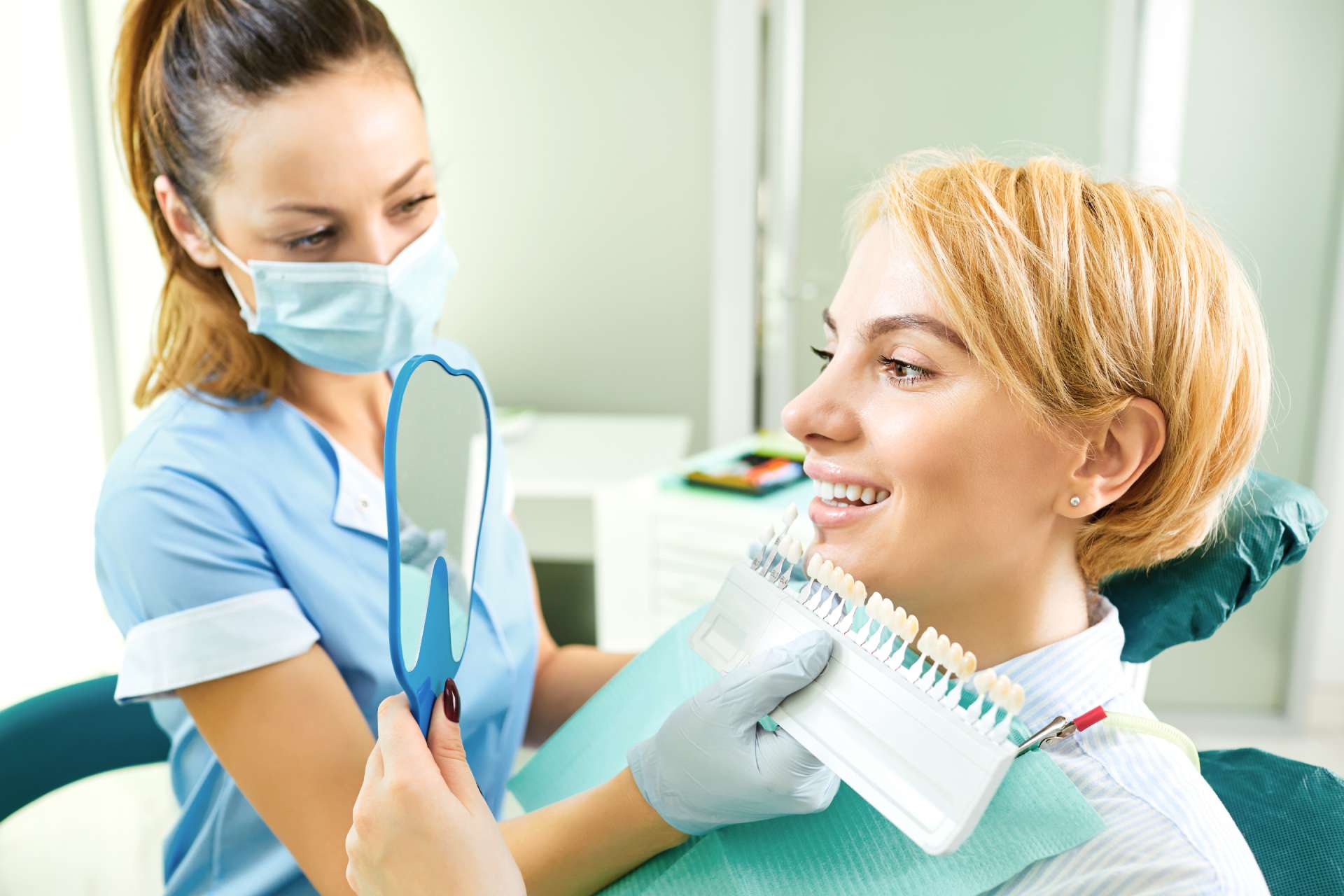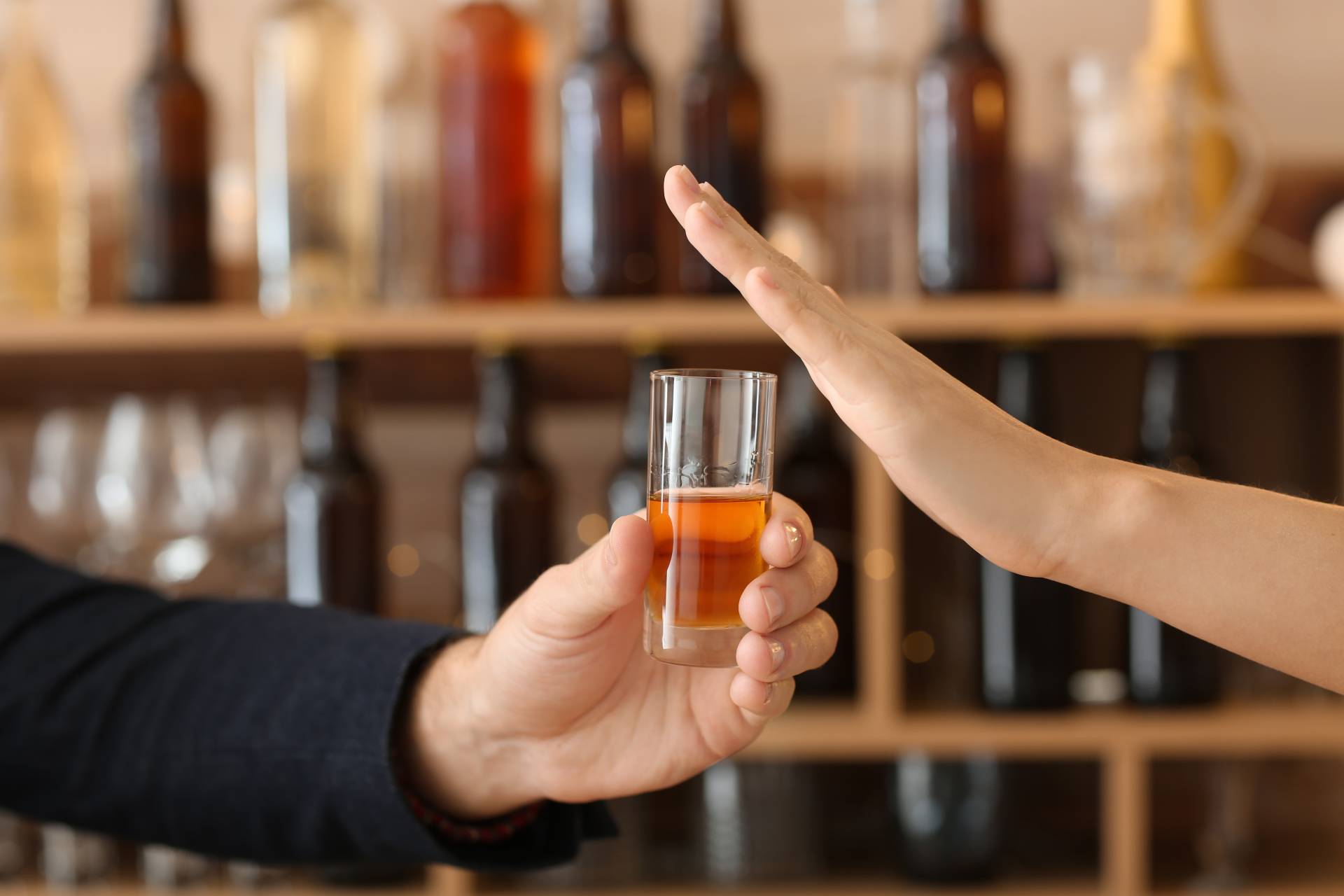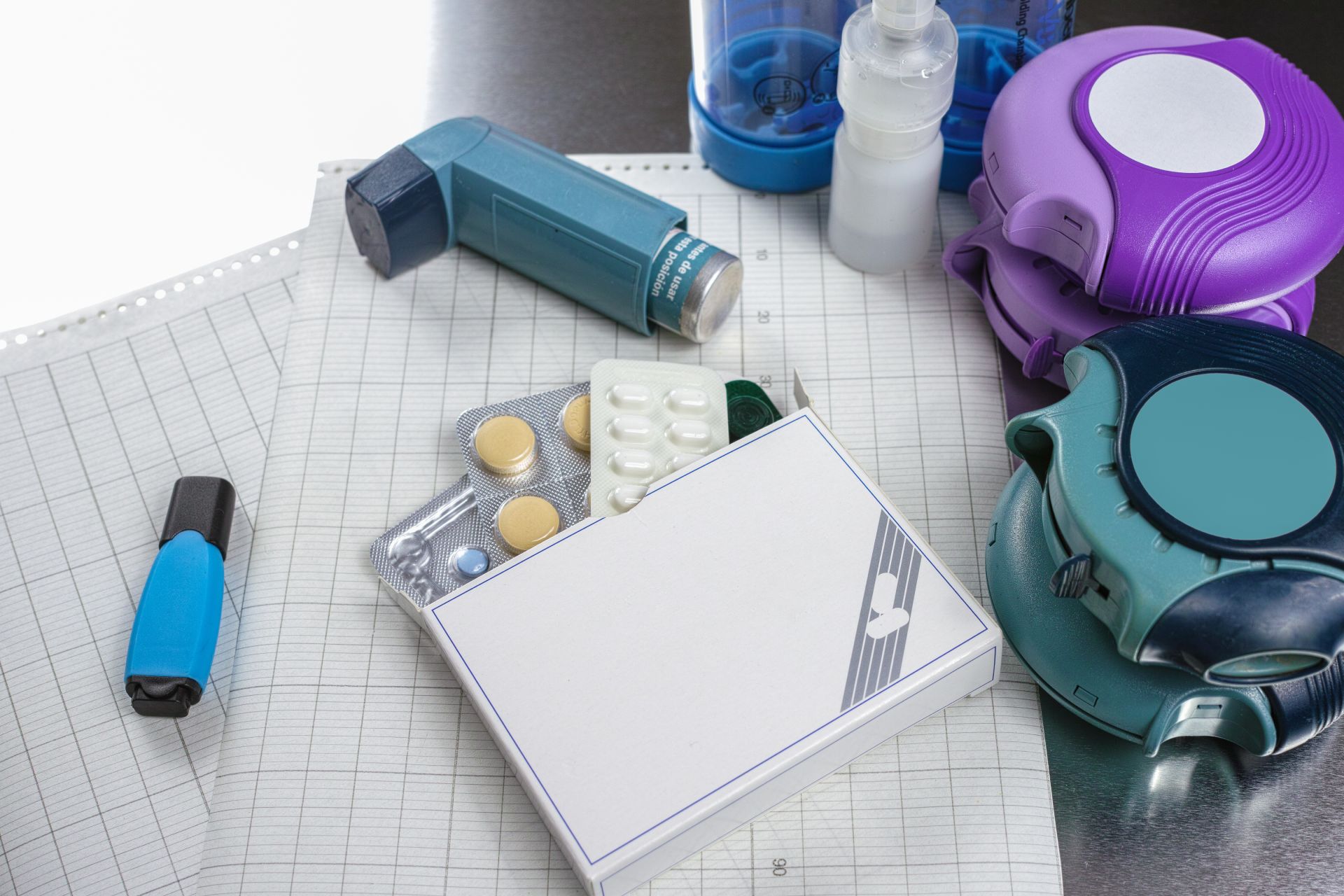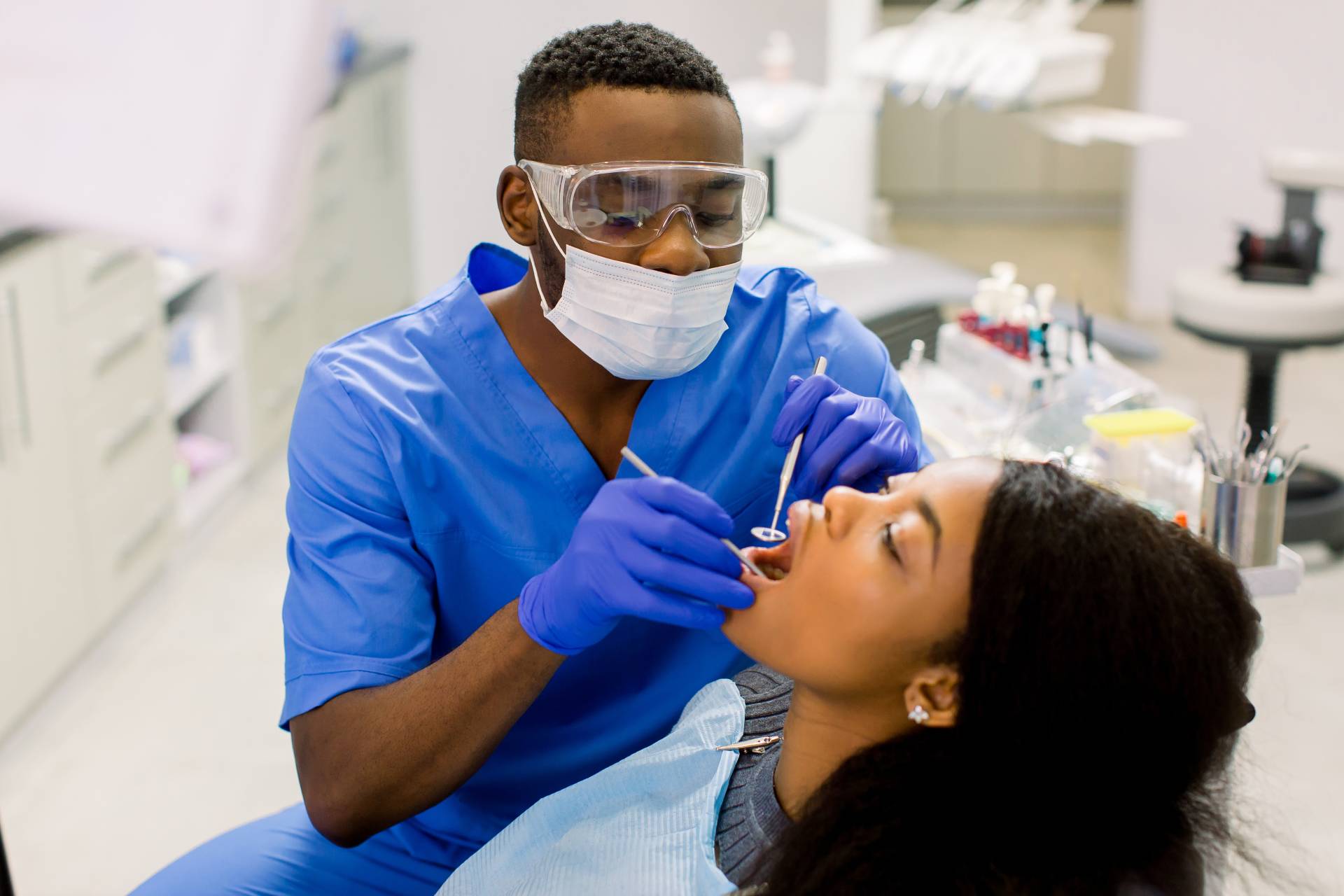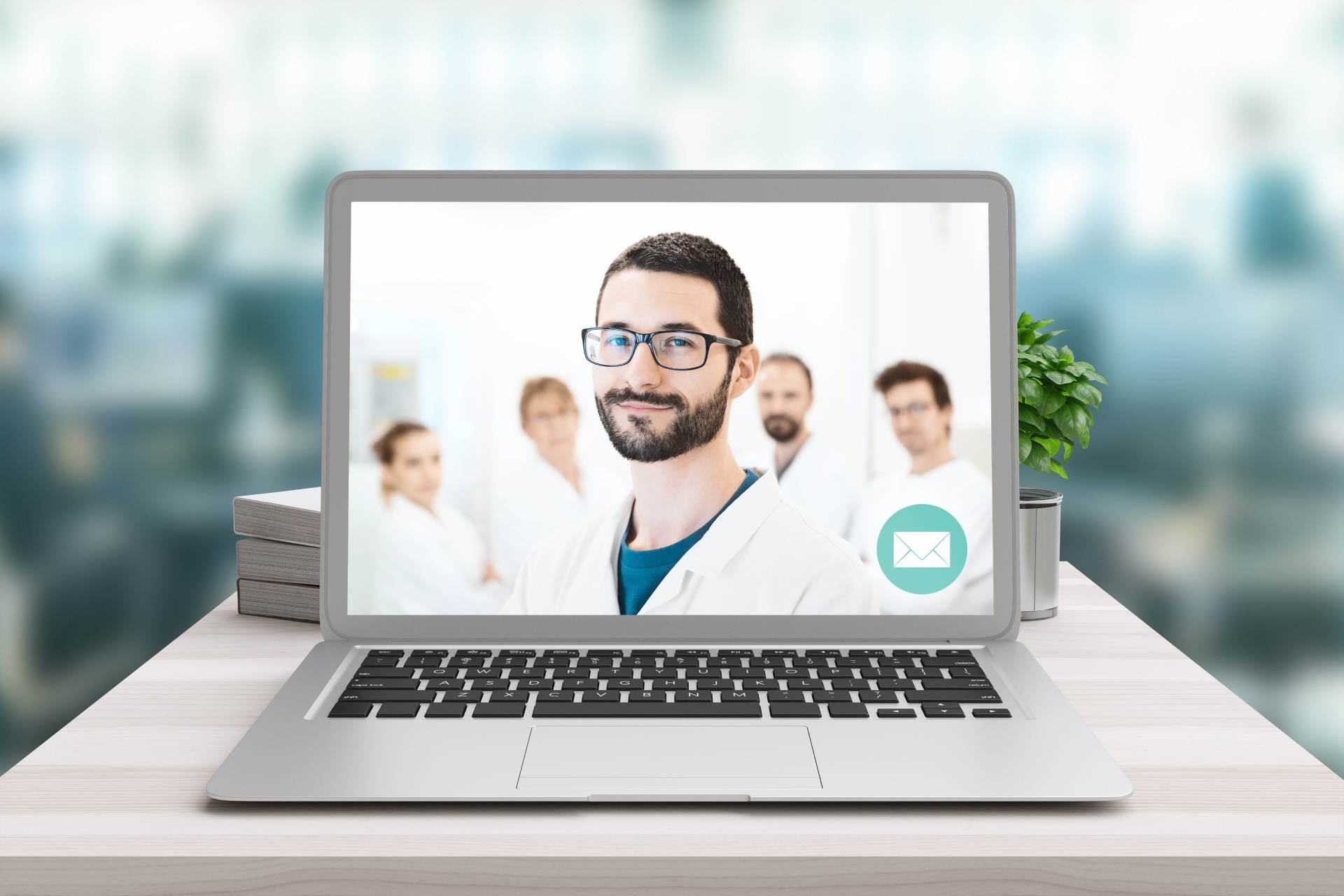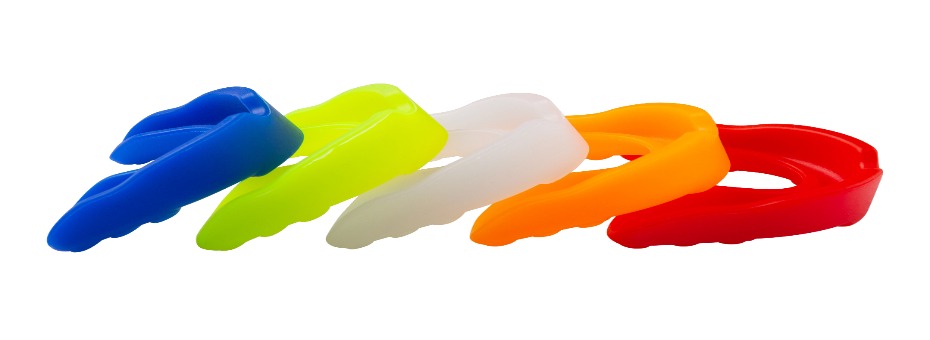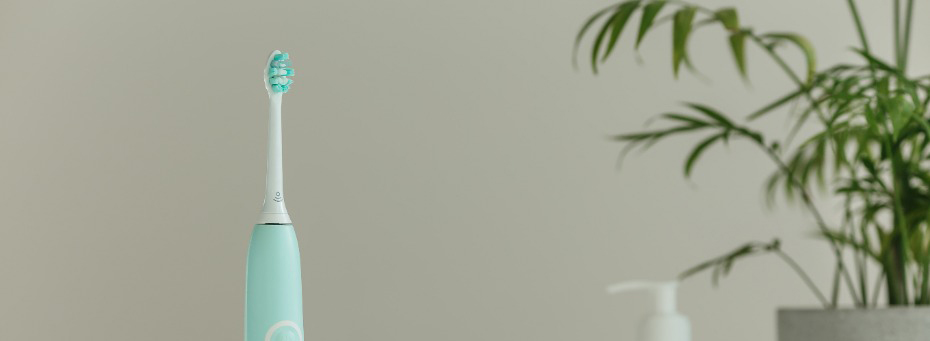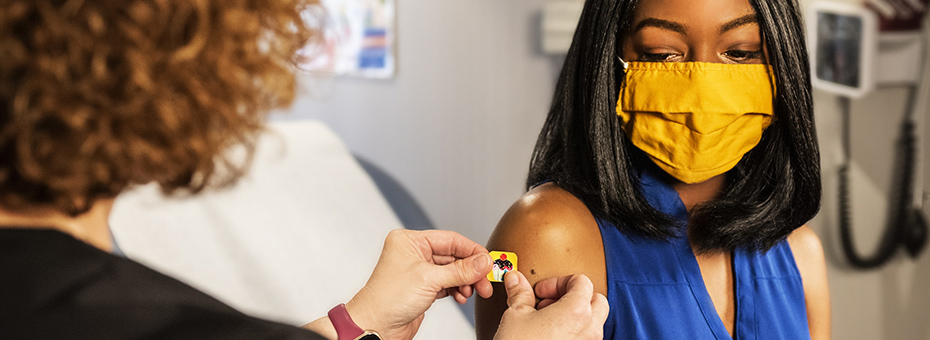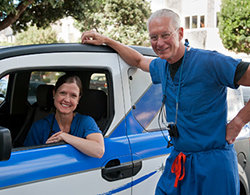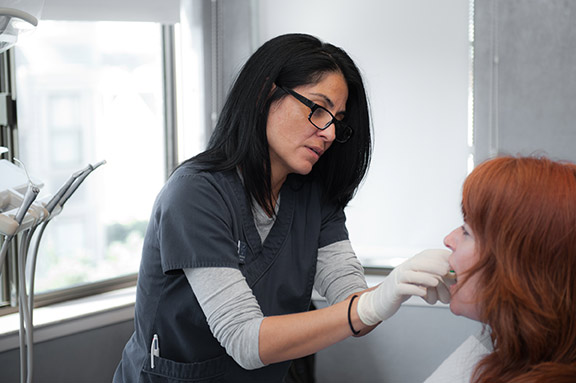All Posts
Virtual Reality Could Become a Real World Benefit to Dentists and Their Patients
With leaps in the development of Virtual Reality (VR), could dentistry become part of Mark Zuckerberg’s metaverse? VR is being used as an educational tool for students and as an anxiety reducer for patients, especially those with autism. VR has transcended the domains of entertainment and gaming. Even Zuck seems to get this, describing his metaverse as a platform that connects people to new experiences, including “immersive education and training to new possibilities in healthcare and the workplace, and much more.” He’s not wrong. VR has already been applied to medical training. And it’s gaining traction in dentistry, with benefits for dentists and patients alike.
The Real World Boons of Virtual Reality
As Bernard Marr wrote in Forbes, the digital world operates under a different set of rules: “Objects can be conjured into being by simply describing them. Travel between destinations takes place in the blink of an eye. And any damage that you do can be undone with the press of a button.”
This “consequence-free” yet emotionally engaged interaction is a vital development that enhances processes of experimentation and innovation. The possible uses for VR in healthcare are already being explored.
- Medical schools are using VR to train students in sensitive surgical procedures through a “hands-on” virtual experience.
- VR is successfully treating people suffering from anxiety by placing them in serene, lifelike environments, which also guide them through calming breathing exercises.
- Doctors treating autism are using VR to help patients develop social skills, recognize cues and respond appropriately.
- For the 8 million Americans living with PTSD, VR has worked wonders in the field of exposure therapy, which pushes patients to recount their traumas, visualize them and explain to doctors or therapists the stressful scenarios taking place as events unfold. For military veterans returning from combat, this is vital for assimilating into civilian life.
In other business sectors, VR is revolutionizing prototyping and design, while saving millions of dollars in the process. VR allows every component, mechanism, or part of a solution to be examined and tested – without the costs or safety risks involved in constructing material objects. Virtual showrooms and virtual training environments are expediting and augmenting the customer experience. At the same time, they’re increasing operational and cost efficiencies for organizations.
- Boeing relies on VR to prototype new aircraft designs through these simulations.
- Pilots are also being trained on intense in-flight scenarios through VR.
- Architects can craft virtual replications of buildings, which enables customers to explore them digitally. Imagine the cost savings — nothing is built, and everything can be modified to motivate a client’s decision to buy.
Some organizations are tapping into the power of VR to foster diversity and inclusion initiatives. By allowing scientists and doctors into the “minds” of others, patients are realizing tremendous enhancements to their treatments. As NextAvenue explained in Forbes, “In 2016, one of the biggest trends in technology was the consumer realization of virtual reality (VR) — the ability to become immersed in another world.”
Unlike watching a film, where the viewer experiences the story as a somewhat detached observer, VR draws the audience into the character’s sensations directly. “VR puts you in this world and that creates empathy, which has been shown to lead to better communication skills and professionalism for the health care workforce,” said Carrie Shaw, the chief executive of Embodied Labs.
But what about dentistry? Although use of VR is nascent, it is happening. And if ongoing studies demonstrate wider spread adoption and success, VR is likely to become a commonplace tool in the future of oral healthcare practices.
VR in Dentistry
For Dentists
Around 2017, a defense company specializing in flight simulation trainers partnered with the Academic Center for Dentistry Amsterdam to create the Moog Simodont dental trainer, “a virtual reality learning environment designed for use in dental education. This VR training tool was created to meet the challenges currently faced within dental curricula where there is an increasing need to obtain educational materials, such as extracted human teeth with the appropriate pathology.”
As Defense TechConnect explained, “The dental trainer uses haptic technology – it can recreate the sense of touch by applying forces, vibrations, or motions to the user. This mechanical stimulation allows the user to create virtual objects in a computer simulation and to control them. Haptic devices can also use tactile sensors that measure forces exerted by the user on the interface. With the Moog Simodont, dental students manipulate a simulated hand piece and simulated hand mirror while watching a screen that shows the instruments working in a virtual mouth, while wearing glasses similar to those worn while watching 3D movies.”
Dental schools across Europe and Asia incorporated Simodont units into their curricula shortly after the product’s launch. A year later, the University of Pennsylvania’s Penn Dental Medicine became the first dental school in North or South America to integrate the technology into its classrooms. According to Penn Dental, “The result is a much more realistic training experience that allows students to see (using 3-D glasses for depth perception) and work on a virtual tooth, with different colors representing its layers (dentin is yellow and pulp is red, for example), and to ‘feel’ what makes each layer unique using virtual dental instruments.”
For Patients
In 2021, dental researchers with BMC Oral Health published an academic article on the implications of VR in treating dental patients by distracting them from anxiety or discomfort.
“Virtual reality (VR) has been used successfully in medicine both as a distraction tool during procedures, and as an acclimatisation tool to prepare for a procedure or experience,” the authors wrote. “It has not yet become widely used in dentistry, but could theoretically have a role in exposure-based acclimatisation for dental experiences.”
The studies concentrated on pediatric patients as the focus. The results?
“Systematic reviews and randomised control trials have demonstrated the successful use of VR to both distract patients perioperatively during medical procedures, and also preoperatively to prepare them for these interventions. However, to date, VR has only been applied to dentistry in a very limited number of studies. Three studies using virtual reality in a dental setting demonstrated decreased pain and anxiety compared with no intervention. All three of these studies were carried out in the perioperative period. A fourth study used a bespoke dental app and imagery to prepare patients with Autism Spectrum Disorder (ASD) for dental treatment, finding statistically significant decreases in both the number of appointments and number of attempts required to carry out a procedure.”
Another academic study conducted by Cyberpsychology, Behavior, and Social Networking found similar success.
“This study examines the use of VR as a form of distraction for dental patients using both subjective and objective measures to determine how a VR system affects patients’ reported anxiety level, pain level, and physiological factors. As predicted, results of self-evaluation questionnaires showed that patients experienced less anxiety and pain after undergoing VR treatment. Physiological data reported similar trends in decreased anxiety. Overall, the favorable subjective and objective responses suggest that VR distraction systems can reduce discomfort and pain for patients with mild to moderate fear and anxiety.”
VR immerses patients in serene or entertaining virtual worlds that present pleasing distractions that reduce anxiety, increase relaxation, and help maintain a sense of calm throughout dental procedures.
Other VR Advantages for Dentistry
In her article for Dentistry IQ, Lisa Schermerhorn discussed several advantages gained by implementing VR based on various studies.
- Patients in study groups reported “a significant decrease of pain perception and anxiety scores with the use of VR during dental treatment.”
- Dentists may be able to use less nitrous oxide. In a medical study involving burn victims, “the pain relief during procedures using VR measured twice the pain relief of morphine. Patients immersed in VR showed a 70% reduction in pain with no medication. Dentists who have used VR report little or no use of nitrous oxide to relax their patients. They’ve experienced benefits such as lower expenses, administering fewer drugs to patients, showing patients that they’re innovative, and demonstrating that they care about the opioid drug epidemic and are part of the solution.”
- VR can help build a dental practice’s brand. Incorporating the technology demonstrates another level of concern for patient welfare. This in turn helps dentists stand out as welcoming, with procedures that reduce fear and discomfort during treatment.
- VR is cool. People love shiny new tech. Especially younger folks. Developing a VR experience is an enticing marketing strategy.
- VR may assist with controlling overhead costs, as Shermerhorn pointed out: “Another study conducted in 2018 called ‘Virtual reality exposure therapy for the treatment of dental phobia’ demonstrated that VR showed a significant decrease in dental anxiety scores and behavioral avoidance. Four of five VR participants booked an appointment, while none of the non-VR participants booked appointments.”
Dentistry may not get the attention that big tech companies do, but it’s no less innovative. As we’ve written previously. Technology breakthroughs are revolutionizing cosmetic dentistry, while artificial intelligence (AI) is inspiring further evolutions in oral health, involving orthodontics, implants, periodontics, oral surgery, prosthetics, temporomandibular joint disorder (TMD), sleep disorders, electronic dental records, telemonitoring, data collection, treatment planning and risk assessment, scanning improvements, and much more. And all these developments will offer patients enhanced ways to enjoy enhanced smiles.
Let's brighten
that smile
The when and where are up to you.
